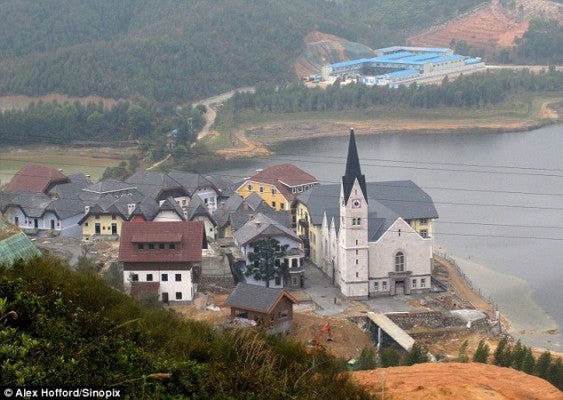A few lines in Nicholai Ouroussoff’s recent article in The New York Times about the new Parrish Art Museum particularly caught my attention: “The design is a major step down in architectural ambition. It suggests the possibility of a worrying new development in our time of financial insecurity. It is a creeping conservatism – and aversion to risk – that leaves little room for creative invention.”
What is creative invention, and does it take a gob of money to do it? Does a time of financial insecurity with its concomitant tightening of budgets really leave little room for creative solutions? I would argue that the Parrish Museum is a perfect case in point where financial constraints actually led to great creativity and provoked possibilities the architects might not have otherwise explored .
Is Ouroussoff not talking so much about creative invention, but rather a profligate desire to build the strange and exotic? I think the previous era, in which there was a lot of money being thrown around, was not a period rich in real invention. Instead, the years preceding 2008 produced a lot of showy display that often lacked real substance, both in architecture and in the cultures that built the buildings.
The heyday of Greek overspending is nowhere more visible than in the buildings erected for the 2004 Athens Olympics. Today, these abandoned structures are emblematic of what happens when real problems are not solved, and when realistic long-term growth is not at the center of a project. Is that what we want to go back to? The Greeks ended up with little more than some fancy baubles, now rotting in place along with an enormous debt that is crushing the country.

Spain’s economic woes also find vivid architectural expression in what The Guardian has called, “a series of architectural white elephants, including museums and empty airports, built during the decade-long economic boom.” One of these is the City of Arts and Sciences in Valencia, Spain, designed by Calatrava. This is a collection of elaborately shaped, mostly-empty buildings that don’t do much (other than look striking). From the get-go they were hollow, shape-making architecture. Is that the creative invention Ouroussoff yearns to return to?

There is something truly empty in this kind of scenographic architectural exhibitionism. It’s really not very different from what a Chinese developer is just finishing in Huizhou in southern China: a duplicate of an Austrian village, complete with cobblestone streets. These are all just extravagant image- making—indulging the fancy of someone with more money than good sense.

We’ve already seen what results from a deep urge to make architecture into an object fetish rather than productive and grounded place making. I’m happy we’re not in that era of excess anymore. I think these leaner times will actually produce better, more valuable architecture and the Parrish Art Museum is a splendid example of such. It is, in fact, creative invention at its best.

“Necessity is the Mother of Invention.” My mom told me that. It sounds simple, but without wisdom enough to separate needs and wants I guess it isn’t worth much.
I was once asked during an interview for a project “How can we get everything that we want within our limited budget?” I responded with “Sometimes creativity is your currency.” The client’s face lit up and we got the job.
Great post. I agree wholeheartedly. Sadly the flashy stuff often gets the most attention. This is true in the “green” building world as well